container | Photo credit: Nivedita Gupta
An ode to contemporary visual arts, the pavilion at Cabral Yard embodies the core values of the Kochi-Muziris Biennale, the art event whose fifth edition will conclude on April 10. A temporary theater built to host film screenings, dance performances, lectures and art workshops, it catches the eye with its soaring frame, walls made of construction debris, large winged windows and cross ventilation that lets in plenty of light and air comes in
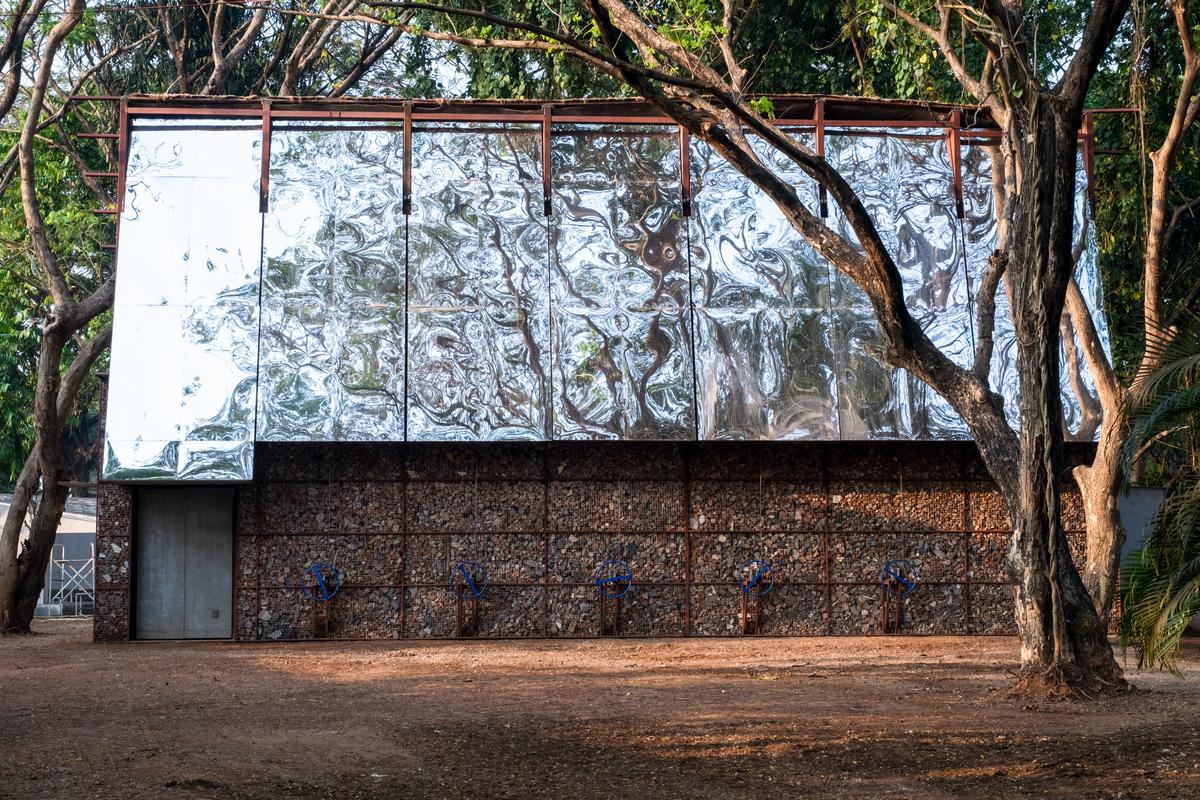
Container at Cabral Yard | Photo credit: Nivedita Gupta
Its architect, Sameera Rathod was recently featured architectural digestAD100 2023 list, which compiles India’s 100 most influential architects and designers. According to Rathod, the pavilion outlines a dual narrative: first, an emphasis on the rubble left over from the ruthless demolition, and second, zeroing in on the poetics of construction – an honest admission of the method and materials that go into the construction process. She calls it ‘The Container’, but visitors have also referred to it as ‘The Cool House’.
in chat from property plusThe Mumbai-based architect – who is currently working on a restaurant in the city, residential projects in Delhi and a residential tower in Colombo – talks about his design principles, the challenges he faced and the feasibility of such a structure. modern architecture.
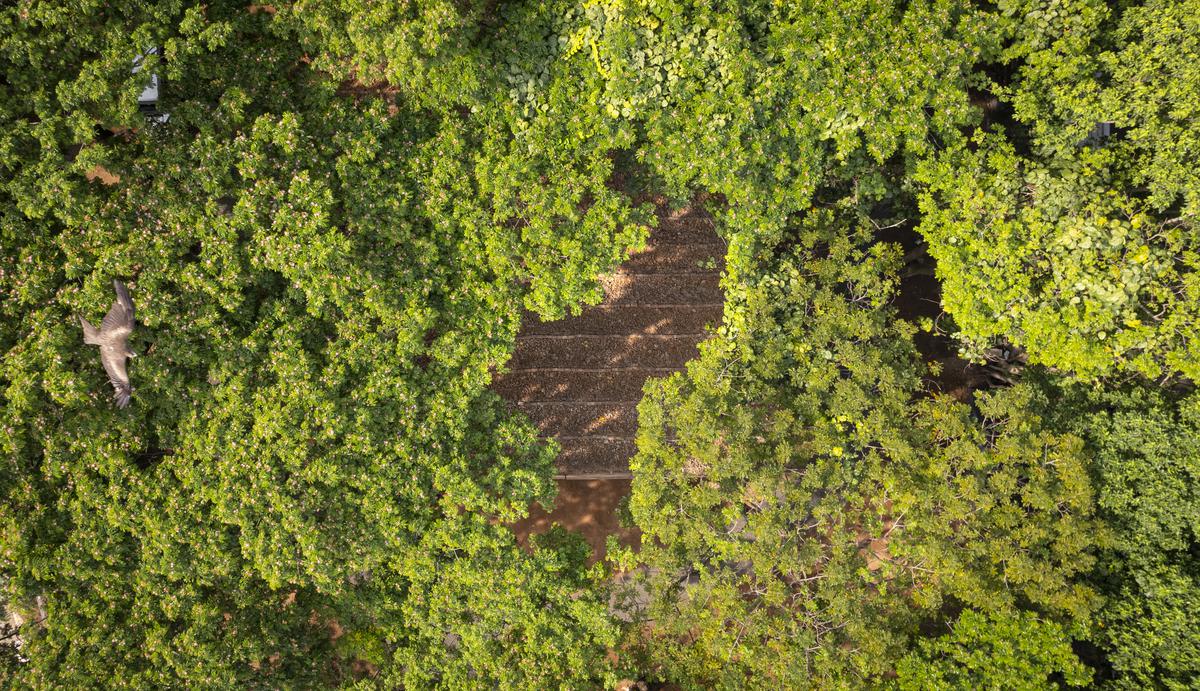
Bird’s eye view of container | Photo credit: Nivedita Gupta
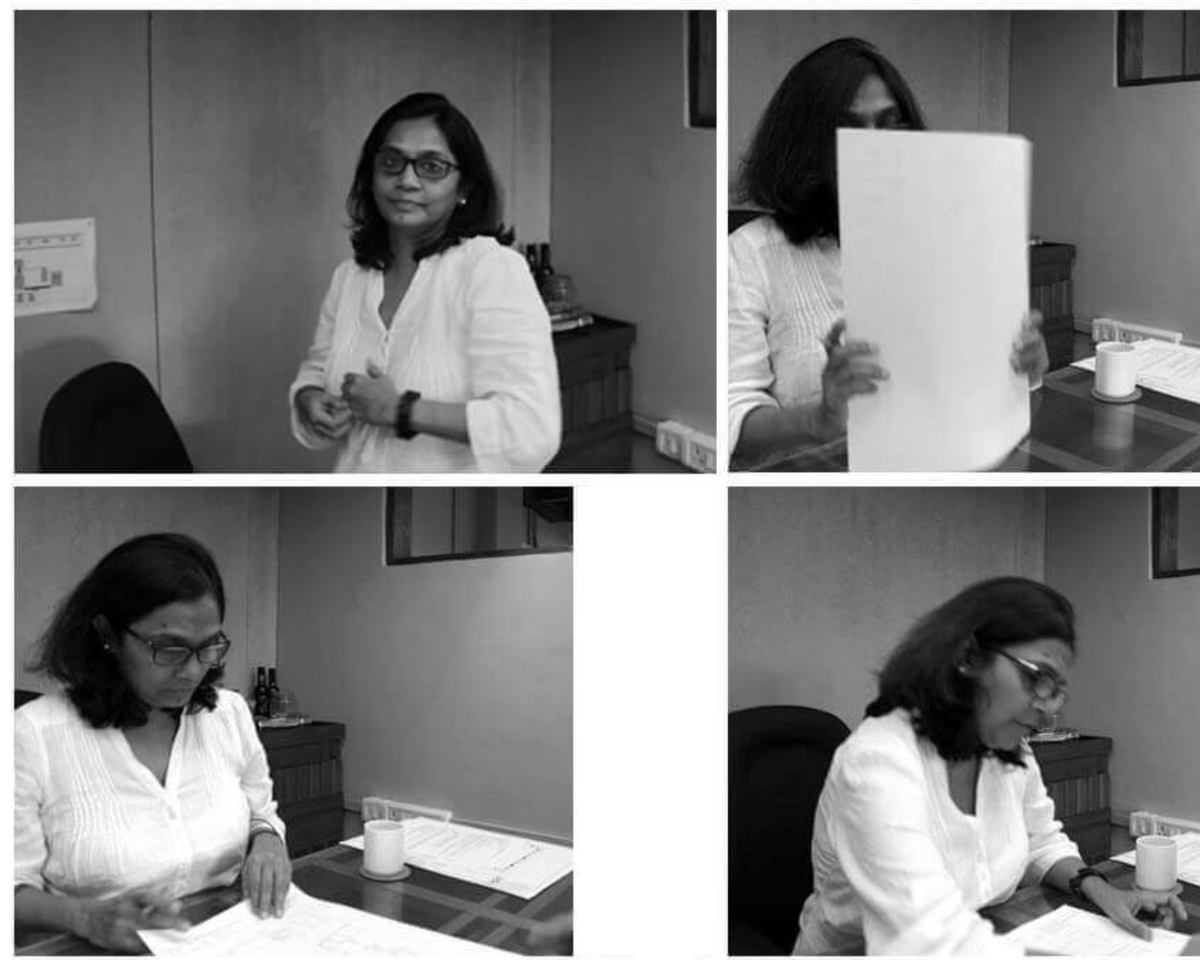
Sameera Rathore | photo credit: www.srda.co
The ‘container’ is a reusable, reusable product. What was the inspiration behind this?
Years ago, we did a comprehensive study on fragmentation vs. demolition. We selected four heritage buildings that needed to be taken down due to their dilapidated states, and used materials from them to design a new building – thus giving it a new look to fit contemporary times and needs. Converted to new form. We realized that every building is a storehouse of material, waiting to be housed in new structures.
Similarly, we have conceptualized the pavilion in such a way that it utilizes waste from nearby construction sites. The walls are made from wire mesh cages filled with rubble and coir; The roof is layered with rubble, geogrid [material used to reinforce soil], fish nets and bricks; And the floor is comprised of rubble and waste granite from the quarries cemented together. Also, instead of air conditioners, we used large industrial fans. It was our intention that, at the end of its life cycle, the building should be dismantled rather than dismantled, leaving no additional debris and no trace on the land. In today’s world, construction activity remains essential despite its adverse effects. So, architectural thinking should be developed around sustainability.
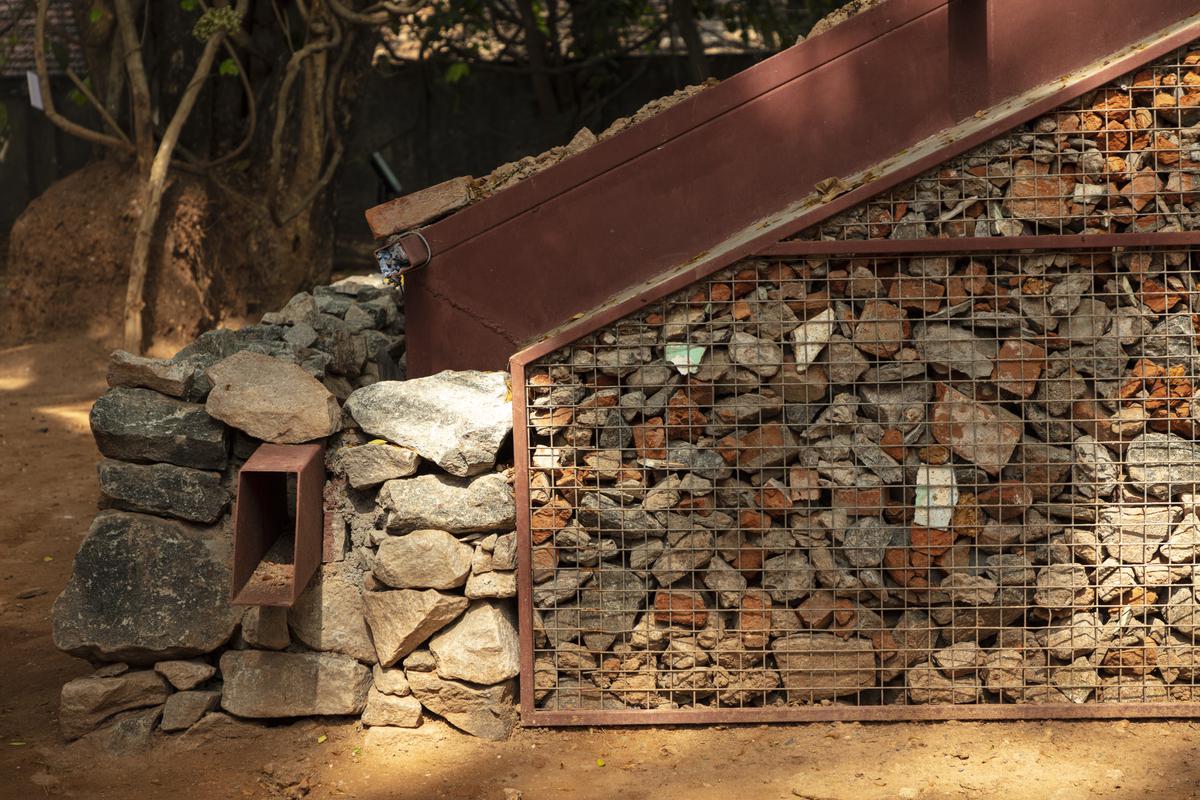
Wire mesh cage full of debris | Photo credit: Nivedita Gupta
What were the challenges you faced while building the pavilion?
We expected to be on site in October, and we were looking at a construction period of 60 days. But we were only handed over the land at Cabral Yard on 6 December – we had just 30 days to create a space that met the many complex functional requirements of acoustics and lighting. We started by allotting a team of masons, carpenters, supervisors and our own office architects into teams that worked in three shifts day and night. The main material, rubble, was brought in from construction sites every day, and then carefully sorted into bricks and concrete.
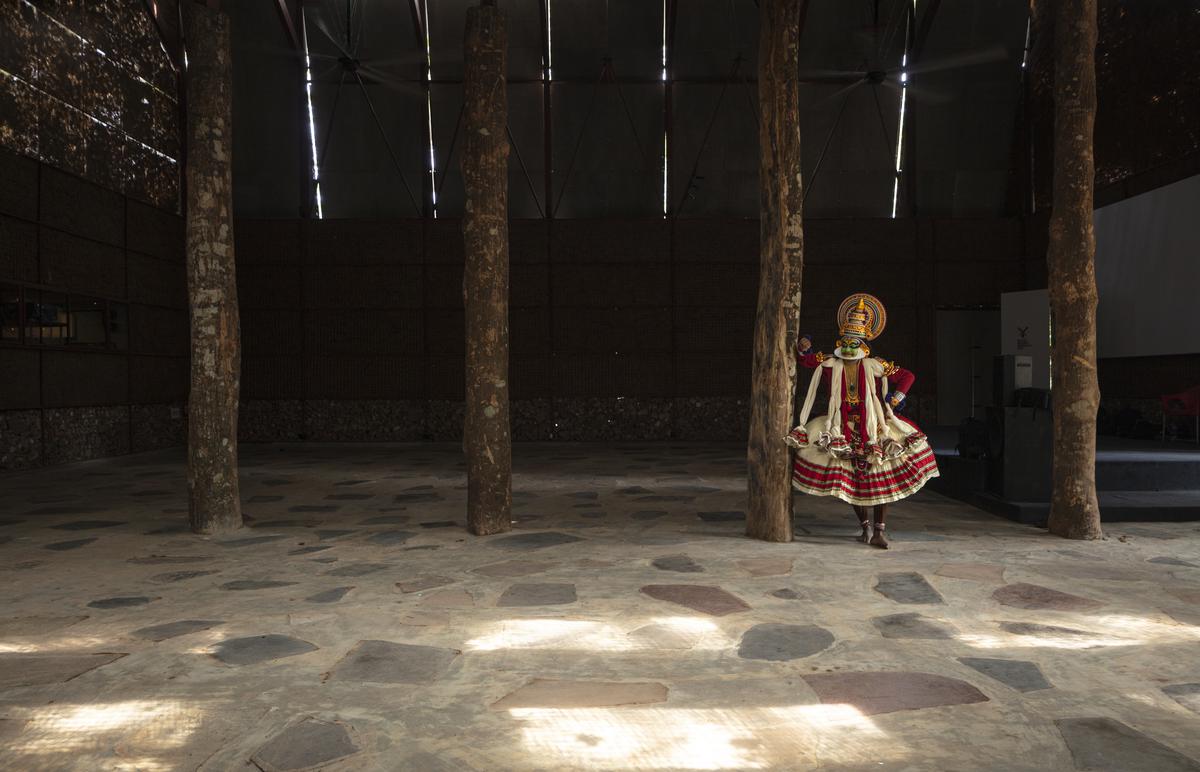
inside the container | Photo credit: Nivedita Gupta
even though there was only one leg [a type of foundation constructed for a single column]The structure was strong due to the combination of steel frame, wire mesh, and geogrid textile roofing which is good at bearing tensile and compressive loads. Workers poured a loose paste of brick powder, coir, cement and clay between the rows of bricks to keep it intact. We installed 16-foot-tall shutters fitted with mirrors that, when opened, let in light and also reflected the surrounding green patterns. Sometimes there was a power cut, sometimes it rained all night and on top of that there was also a language problem with the labourers. But, after all, everyone operated.
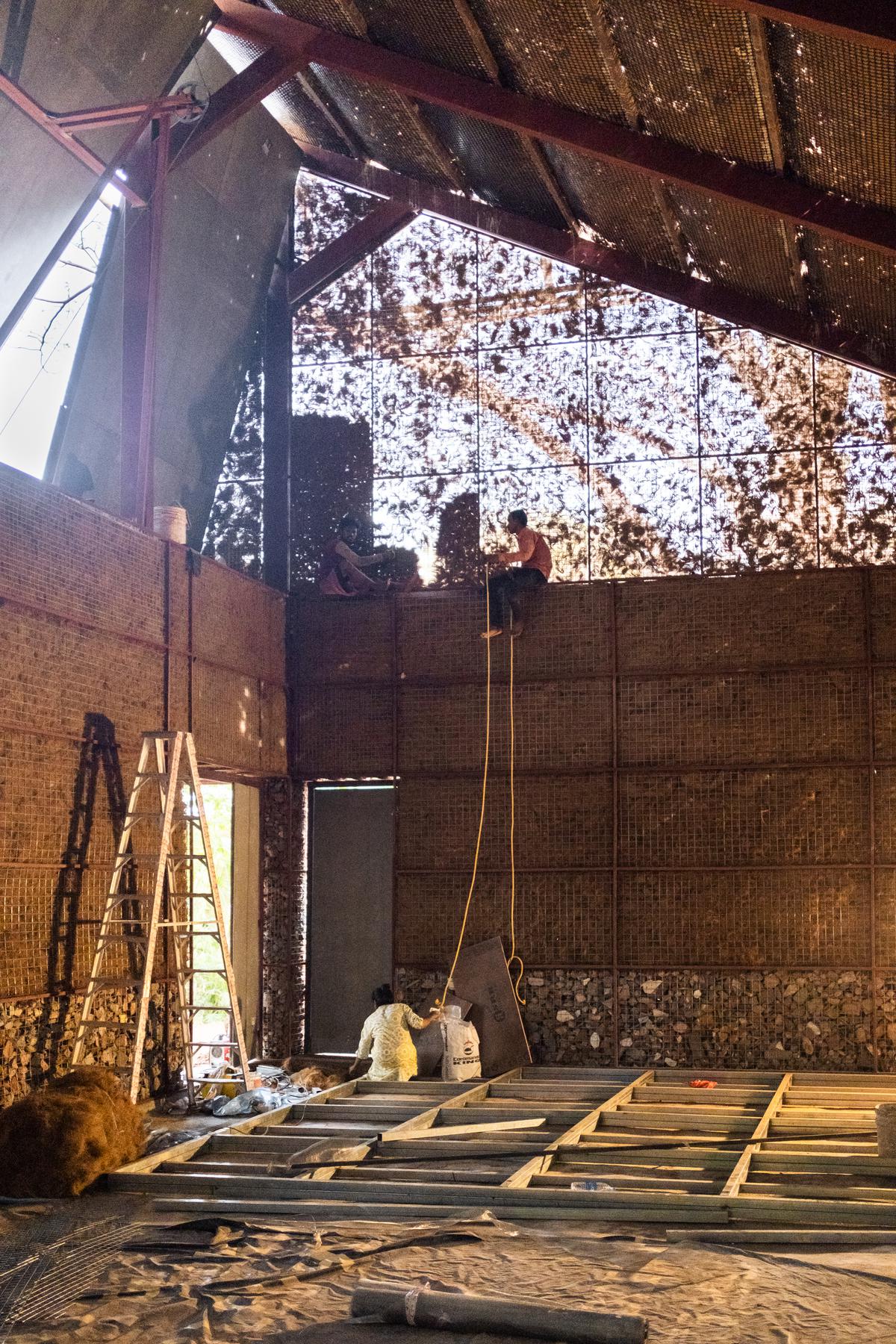
work in progress photo credit: sridhar bala
Can modern buildings be built using the same style and materials?
Yes, it is possible to recreate fully functional buildings using the same style, but some obvious changes have to be adopted. The changes would be those needed to weatherproof the building against rain or cold – hence detailing and harmonizing all the elements such as doors and fenestrations, gutters and storm water drains, use of lime in the walls, etc. Will have to be dismantled, the details of the structure will also have to be calibrated. Therefore, while the technology and materials are applicable to sustainable buildings, a more relevant description and fine-tuning will be necessary. Even now, there are buildings around the world that have used rubble walls in their designs.